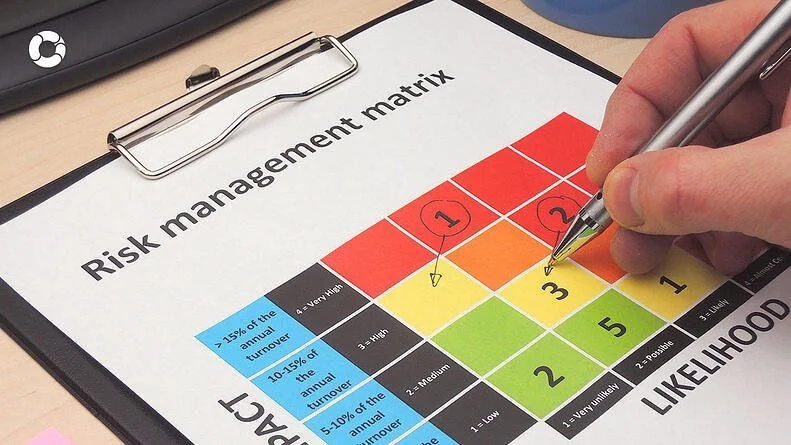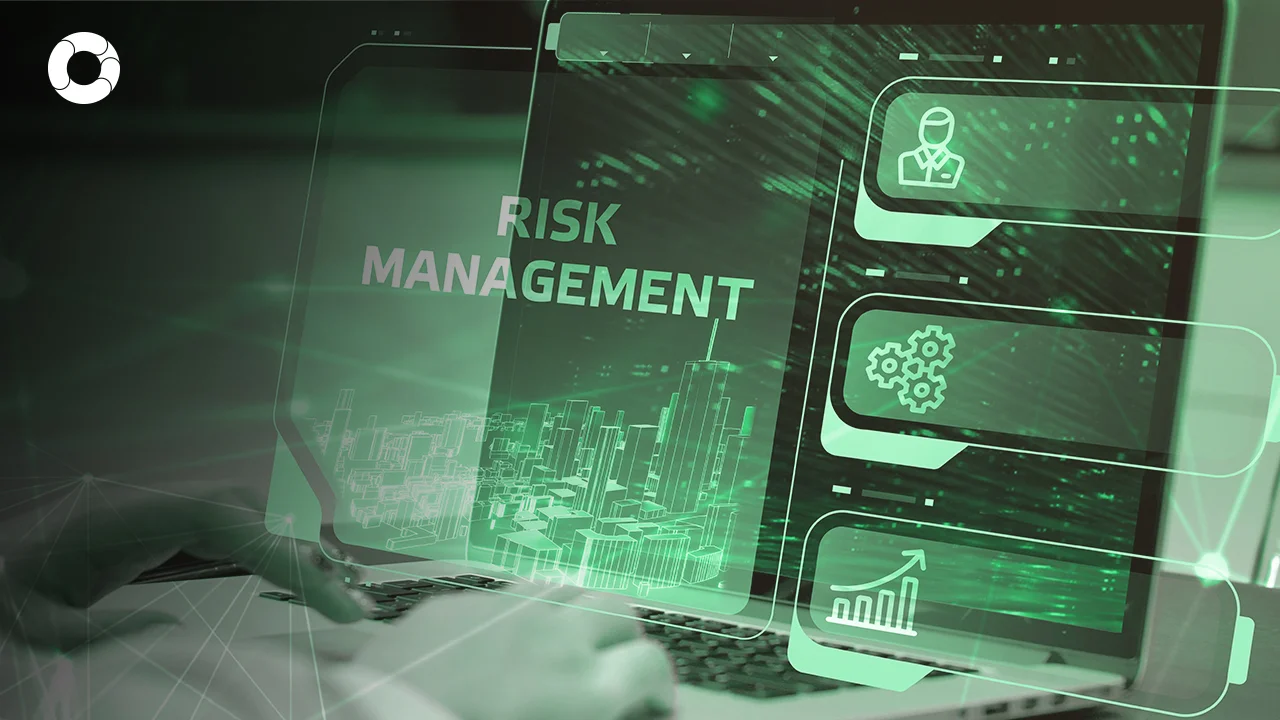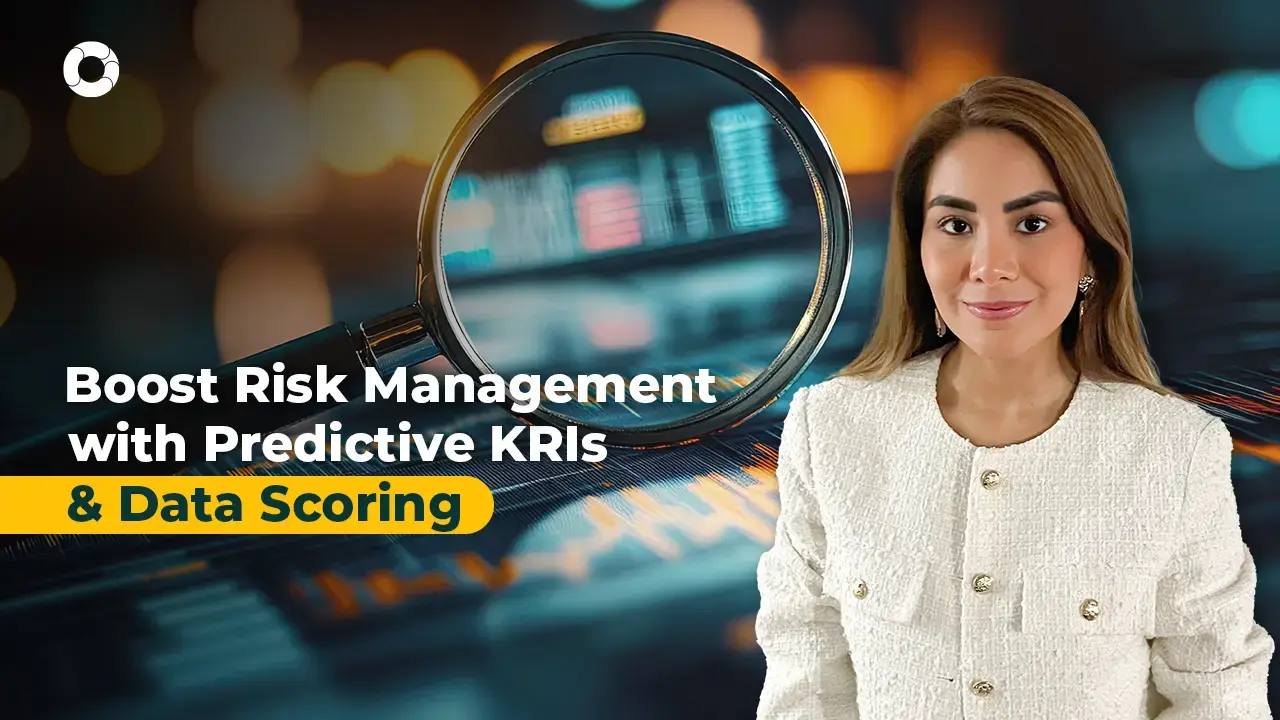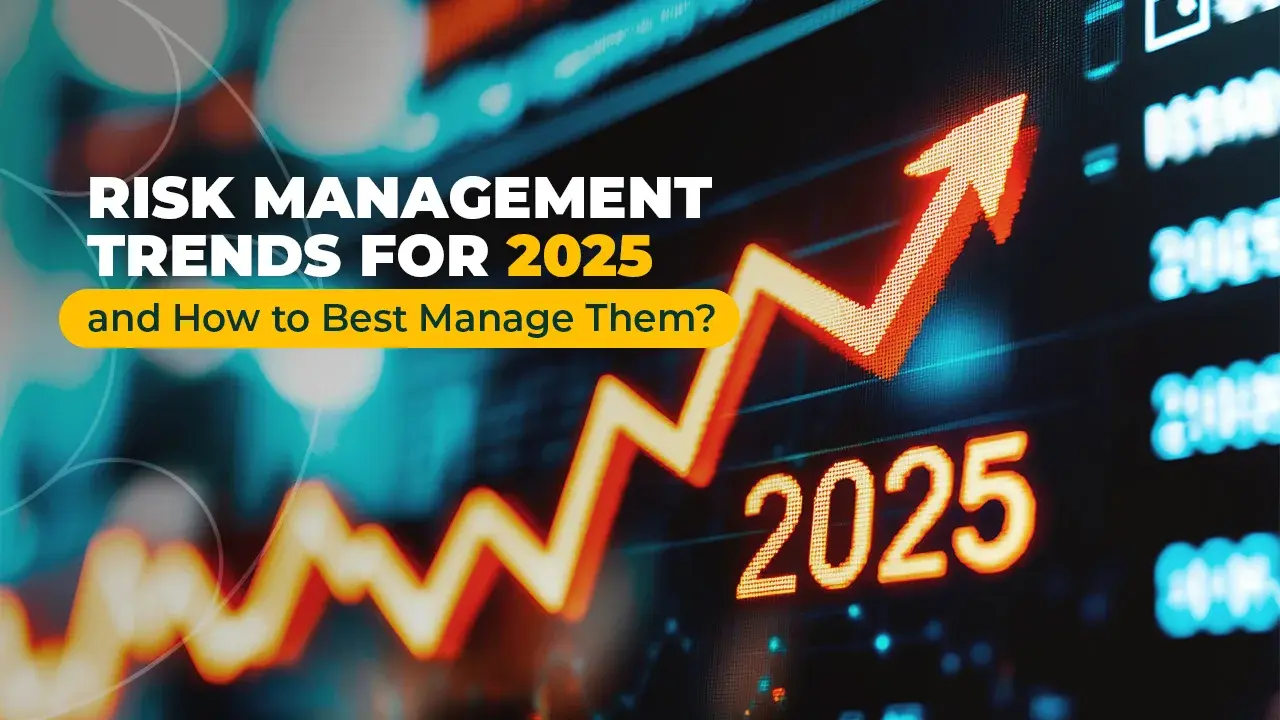3 types of indicators to manage risk

A risk indicator is a component whose values are calculated on the basis of historical data. This is how the risk factors to which a company is exposed are represented.
The use of indicators is important because it allows a multidimensional view of the risk profile, in addition to being dynamic and helping to validate the management framework.
Depending on the risk profile of each entity, there are different indicators that can be used to generate early warnings. Here is the explanation for three of them: Key Risk Indicators, Key Performance Indicators and Key Control Indicators.
1. KEY Risk Indicators (KRIs)
These indicators quantify the company's risk profile. They are established according to the level of relevance and reflection of the risk and control indicators. For example, volume of operations, staff turnover, number of times the system crashes, etc.
2. Key performance or volume indicators (KPIs)
They control operational efficiency and activate warning signals. These variables provide information on events related to operational losses and allow the quantification of the organization's strategic performance objectives.
3. Key control indicators (KCIs)
These indicators are in charge of measuring the effectiveness, both in design and performance, of a specific control. A decline in a KCI may mean an increase in the likelihood of impact of a risk.
In practice, there are certain difficulties in classifying each indicator unambiguously, since only one of them could designate different classes. In any case, when designing them, it is important to understand that a good indicator should beeffective, comparable and easy to use.
However, it is important to bear in mind that in order to manage operational risk, the most relevant are the key risk indicators.
You May Also Like
These Related Stories

What You Should Know About Key Risk Indicators (KRIs)

3 tips to identify risks

Key elements of the risk management system

Trends and Future in Operational Risk Management

Predictive KRIs: Transform Risk Management with Data-Driven Scoring


No Comments Yet
Let us know what you think